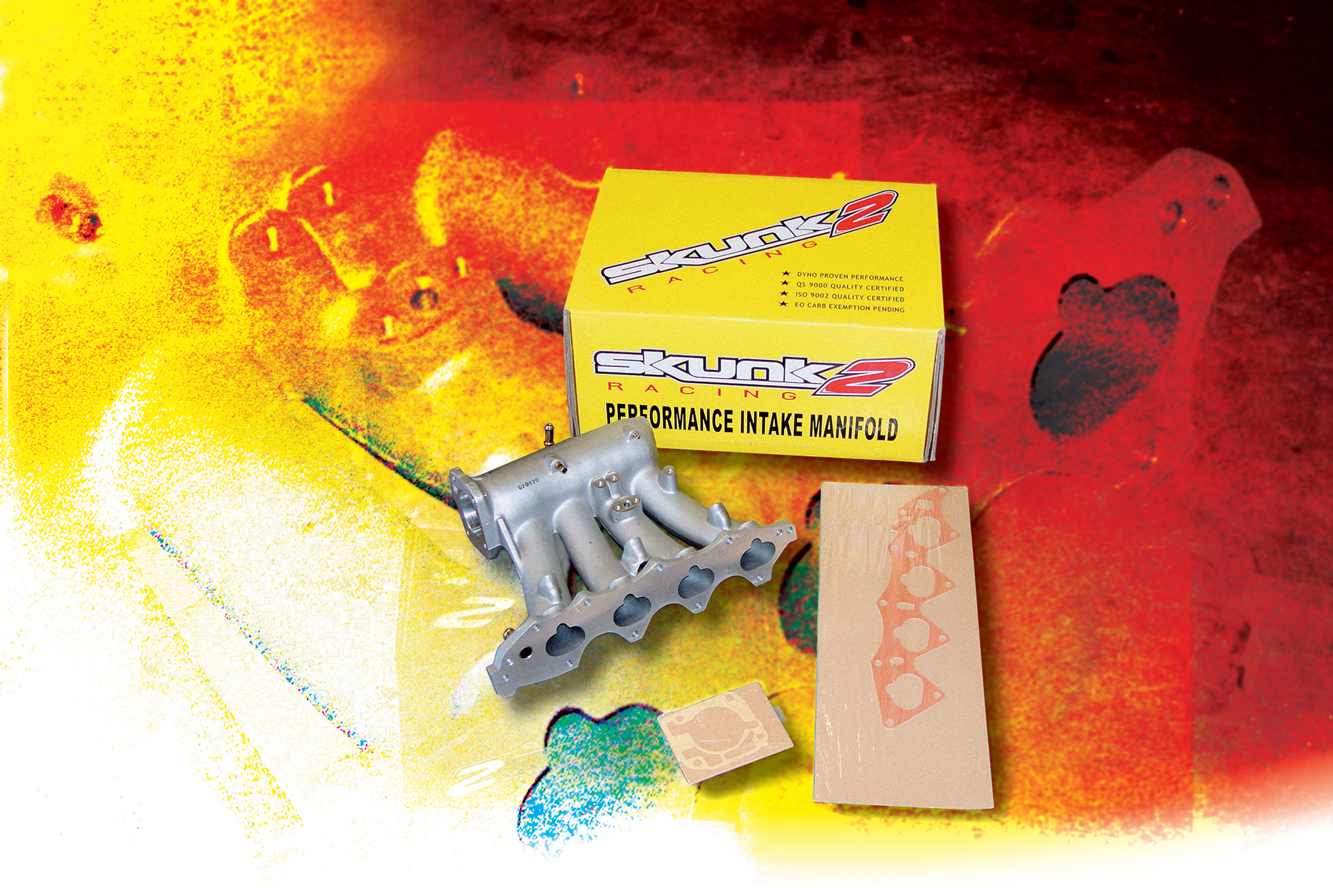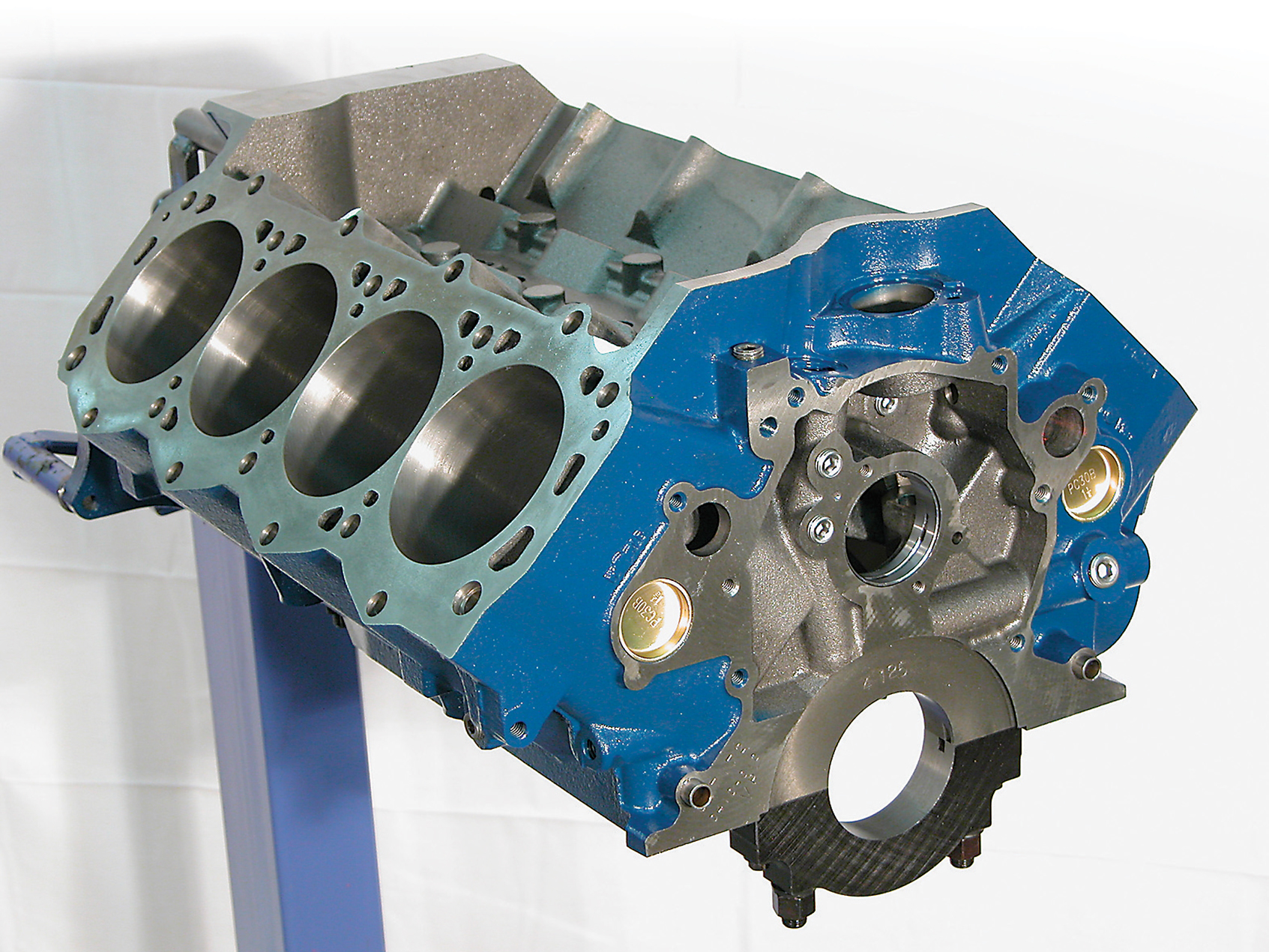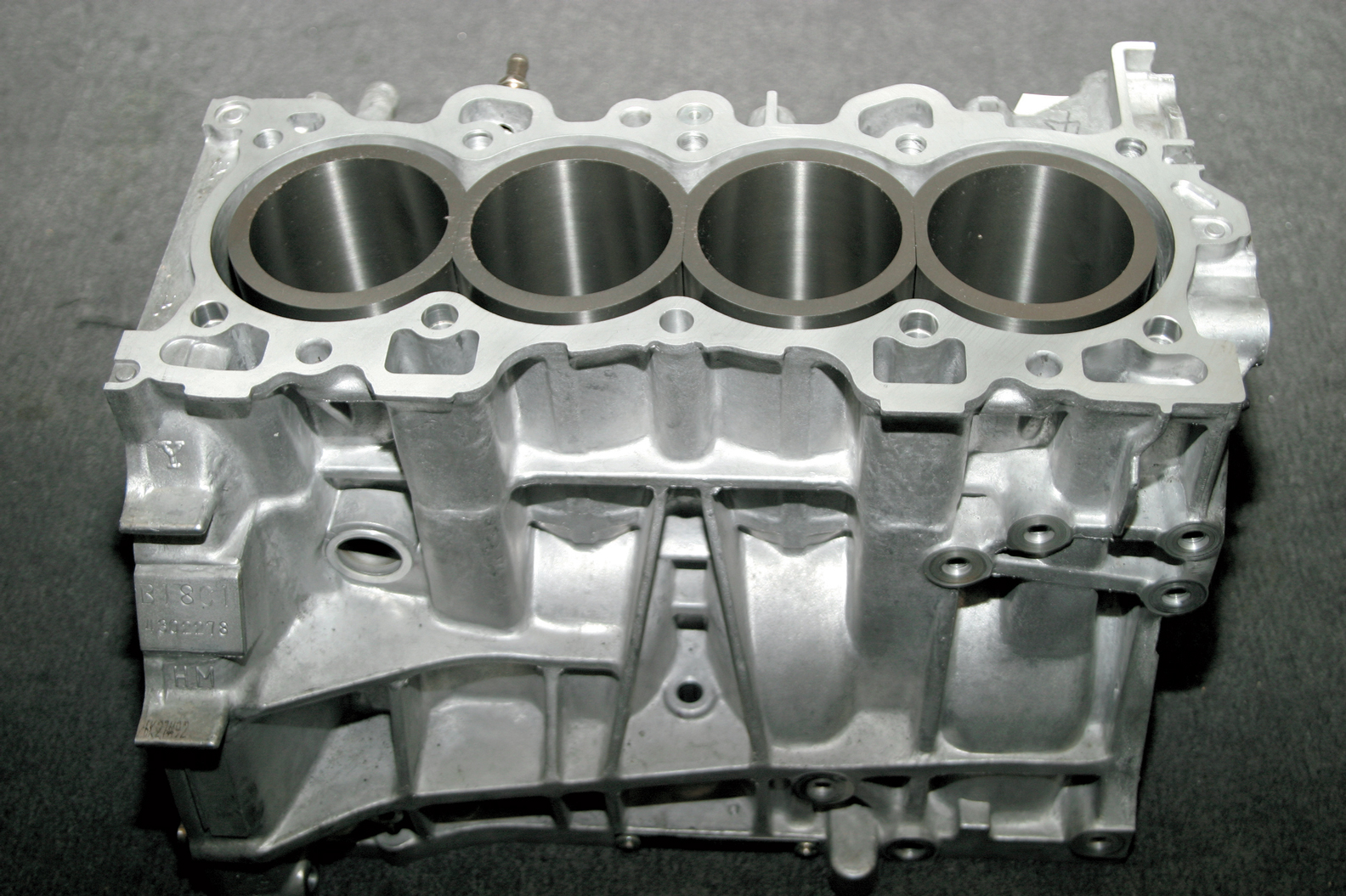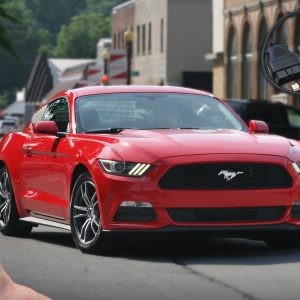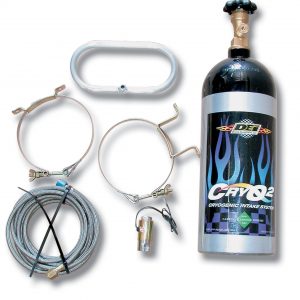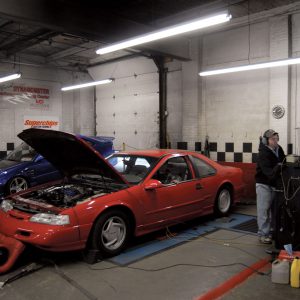TheAutoBuilder Reference Chart: RPO L-35 Turbo-Jet 396
Hundreds of thousands of these “little” big-blocks were sold in the 1960s. In 1965-66 alone, over 150,000 came in the Impala, Biscayne and Bel Air big cars. Few paid attention to them because the hot engine of the day was the L-78 with high-rpm, rectangle-port heads. But when stock eliminator drag racers began flogging the L-35, it responded magnificently.
Its oval-intake ports were superior in the bottom end and mid-range, and made power all the way to 6,400 rpm. We personally know of a stock L-35 that produced 326 hp at 4,800 rpm. A factory L-88 race camshaft was installed, along with an Edelbrock Tarantula open-plenum intake manifold, 800cfm Holley carburetor, CD ignition and Hedman four-tube headers. With 36 degrees of timing, the engine then produced 502 hp at 6,000 rpm. With 40 degrees, it made 505 hp. With a Weiand Tunnel Ram and a pair of 600cfm Holley carbs, it made 535 hp. Powering a 3,200-pound Vega, the combination ran low 11s at 119 mph near sea level on a 75-degree day.
All things considered, the L-88 race cam is too big for the street, and so is the Tarantula. There are better cams today, as well as intake manifolds, that may come close to duplicating the 502 hp, but with much more usable and driveable bottom-end and mid-range power. The recommended rpm range is 2,500 to 6,000, with or without ported heads. Head work to the stock heads should net another 30 hp to 50 hp, depending upon the combination used. The combination that would extract the most power over the widest rpm range would be the optimum goal with this engine. The potential is obviously there.

 By
By 


